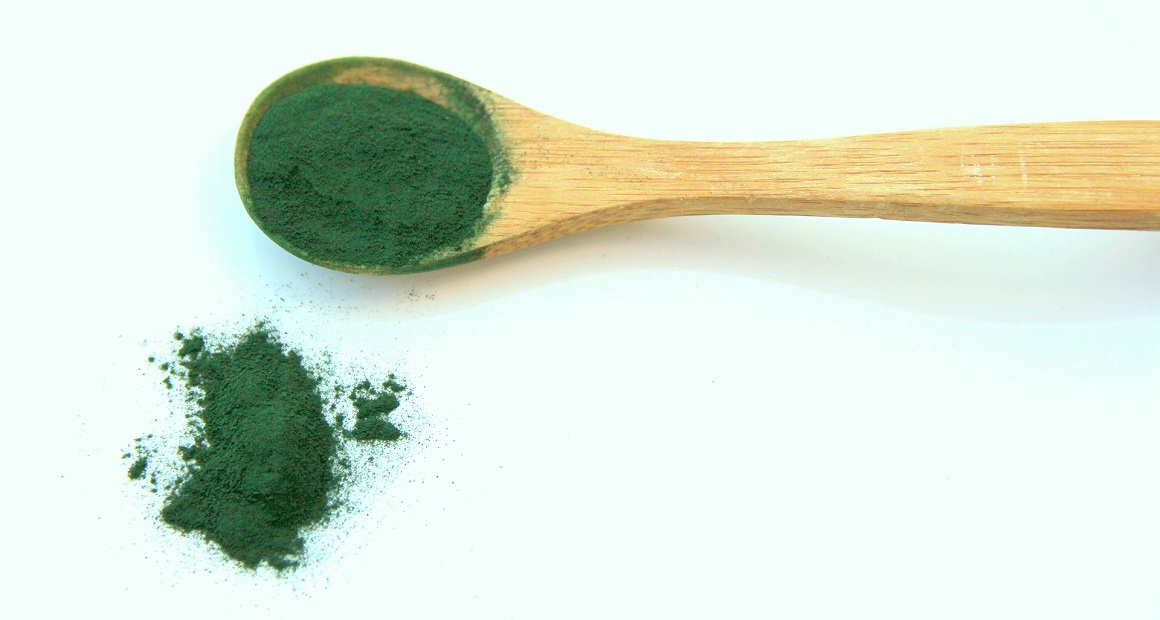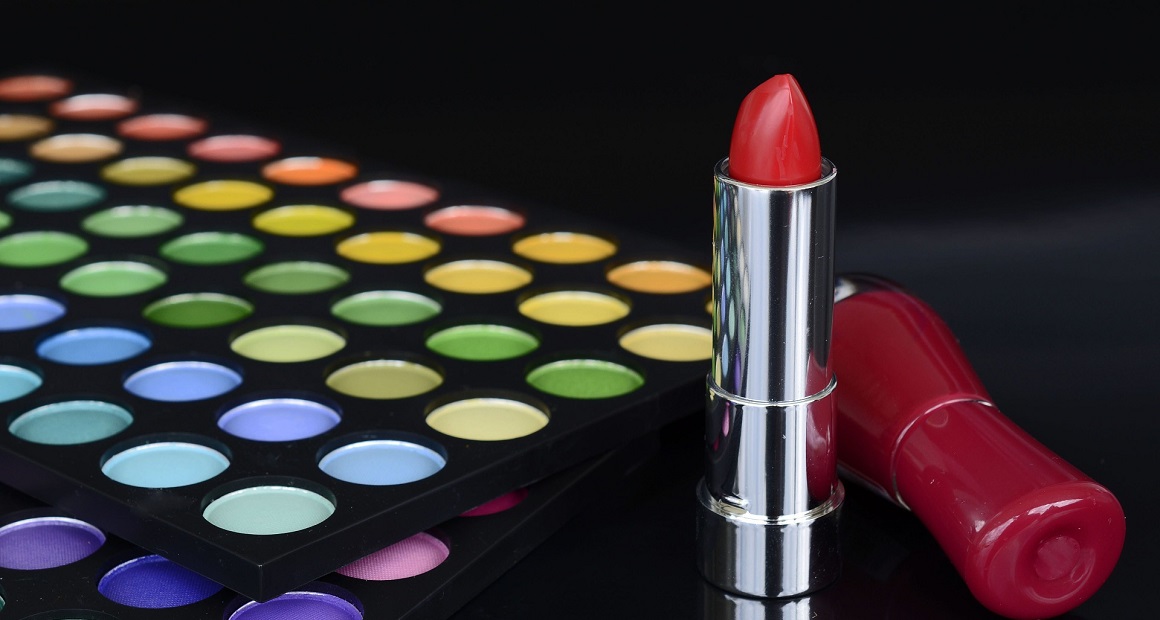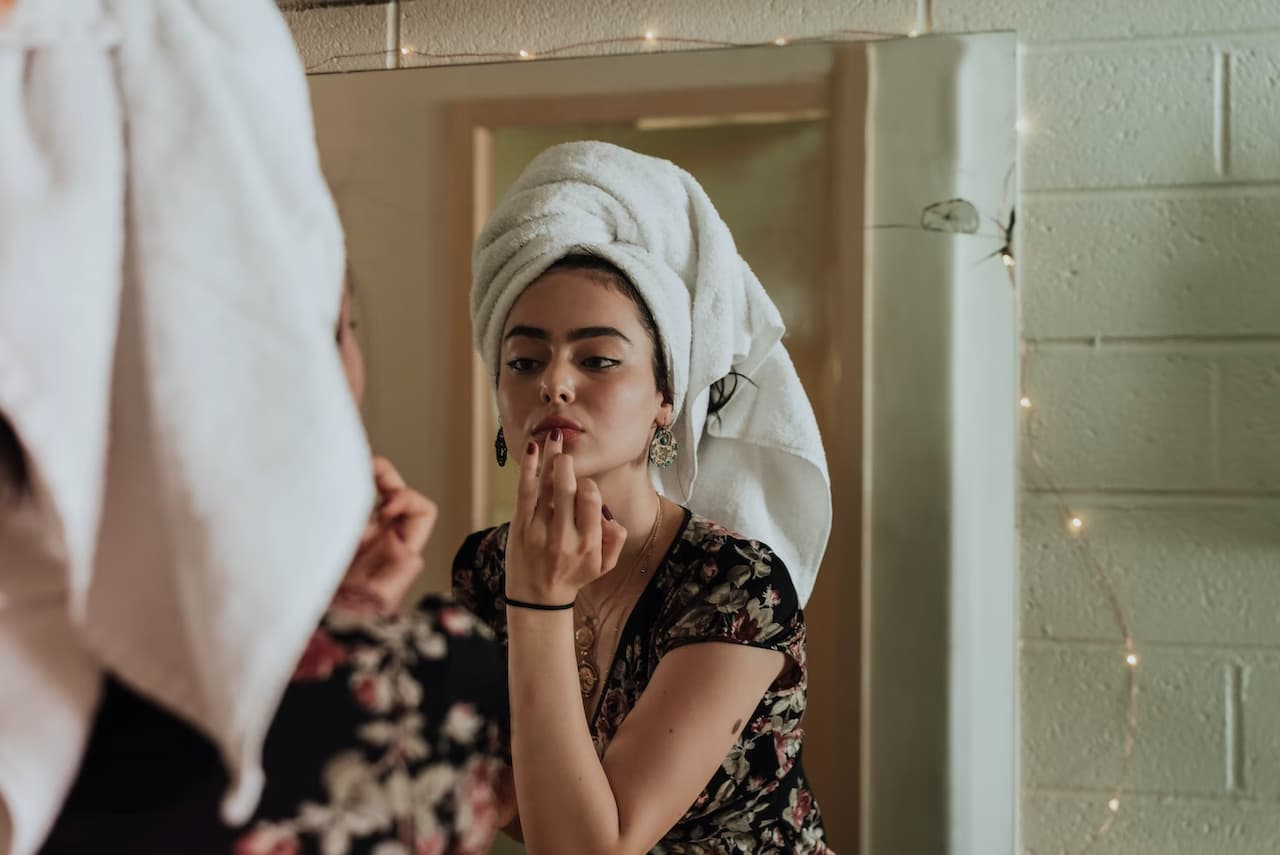There is a sufficient number of reasons to explain the growing popularity of spirulina in cosmetology, both domestic and foreign. First of all, these include the useful properties that this product has, and the versatility that allows to use it to solve a variety of problems, no matter how complex they are. Spirulina not only supports the health of the skin and hair, but also restores their lost beauty, which regularly finds its practical confirmation.
Effectiveness
To begin with, it should be noted that spirulina is a commercial term, not the name of the plant. It combines two species of blue-green algae, Arthrospira platensis and Arthrospira maxima, very useful for humans but rarely found in their natural habitat.
With this in mind, spirulina is grown in special pools, creating the right conditions for it: an alkaline reaction of water, sufficient heat and good light.
As for the composition of the described product, it implies the presence of 2 thousand simple and complex ingredients, many of which are needed to maintain beauty and health. In particular, the following components of spirulina have useful properties.
- Proteins. They accelerate the formation of collagen fibers, the basis of connective tissues. Worthy of attention and the amount of protein contained in spirulina, up to 70% of dry weight.
- Gamma-linolenic acid. It stimulates metabolic processes in cells, which has a positive effect on the rate of renewal of the outer layer of the skin. The logical result of this is getting rid of acne and age-related pathological changes.
- Retinol. It makes the skin smooth and elastic, reduces pigmentation, accelerates production of collagen and stimulates renewal of the covering tissues.
- B-group vitamins. They normalize cell respiration, effectively resist acne and noticeably prolong youthfulness of the skin.
- Vitamin C. A first-class antioxidant that reduces the damaging effects of free radicals. It also restores the skin’s natural color.
- Vitamin E. Effectively fights aging, relieves the skin from peeling and restores its water-lipid balance.
- Macro- and micro-nutrients. Spirulina is rich in potassium, phosphorus, silicon, boron, magnesium, zinc, iron, calcium and sodium. Iodine, selenium, chromium, cobalt, molybdenum and germanium are also worth mentioning.
- Pigments. The described product contains chlorophyll, phycocyanin and carotenoids, which contribute to the accelerated synthesis of enzymes.
Even individually, the components listed above are extremely beneficial for the skin, and their combination makes it possible to achieve truly impressive results. For this same reason, spirulina is included in cosmetics for the hair, to ensure its proper nourishment and strengthening. Not the least place is taken by this product in body treatments involving the use of mixtures for wraps.
Contraindications
Despite the fact that spirulina can be used by the vast majority of those wishing to use it, in some cases its use should be abandoned. Most often this is due to hypersensitivity of the body to one or more of the components of this product, which is characterized by the following manifestations:
- severe itching;
- Reddening of the skin;
- The appearance of rashes.
In order to rule out the possibility of an allergic reaction, you must first test the prepared mixture on the sensitive skin of the wrist. If, after a quarter of an hour from the time of application, negative symptoms do not appear, spirulina can be used without fear.
Another circumstance that makes it impossible to use the product in question is the presence of lesions and pronounced skin irritations. As for pregnancy and lactation, during such periods, the use of spirulina should be treated with caution. This is due to the concentration of the ingredients of this product – harmless for the mother, and quite high for the fetus or baby.
Peculiarities of application
One of the main conditions, compliance with which allows you to count on the successful use of spirulina, is the regularity of the procedures. It is also necessary to consider the following recommendations.
- It is desirable to buy spirulina in a pharmacy, to minimize the likelihood of buying a low-quality product.
- Before applying the mask, it is necessary to thoroughly clean the face for better assimilation of its components.
- Preparation of mixtures based on spirulina involves the use of clean utensils of nonmetallic material.
- The duration of the treatment procedure should not exceed a quarter of an hour. This value can be increased in situations with masks for aging skin, but not by much – to avoid the appearance of light burns.
- Compositions based on spirulina should not be applied to the area under the eyes and lips.
- After the allotted time for the procedure remains to wash off the mask with warm water and apply a nourishing cream to the skin.
As for the frequency with which to make face masks of spirulina, it should be weekly. Exceeding this value can lead to the formation of spots on the skin and other problems, provoked by an excess of beneficial substances. Wraps can be done once every 3 days – just like the therapeutic procedures for the scalp and hair.



